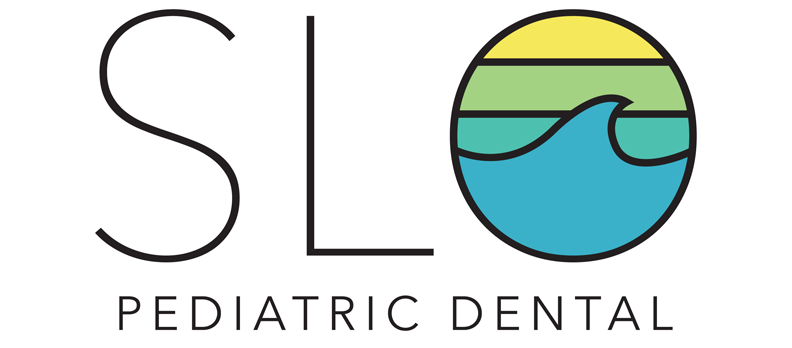Dental X-Ray in San Luis Obispo

Dental X-rays are a useful diagnostic tool when helping your pediatric dentist detect damage and disease not visible during a regular dental exam. How often X-rays should be taken depends on your present oral health, your age, your risk for disease, and any signs and symptoms of oral disease. For example, children may require X-rays more often than adults because their teeth and jaws are still developing and their teeth are more likely to be affected by tooth decay than those of adults. At SLO Pediatric Dental, we will review your child’s history, examine their mouth, and then decide whether or not you need X-rays.
For a new patient, the pediatric dentist may recommend X-rays to determine the present status of their oral health and have a baseline to help identify changes that may occur later. A new set of X-rays may be needed to help your pediatric dentist detect any new cavities, determine the status of your gum health or evaluate the growth and development of the teeth.
Traditional non-digital Dental X-ray exams are safe; however, they do require very low levels of radiation exposure, which makes the risk of potentially harmful effects small. But here at SLO Pediatric Dental, we put an extra emphasis on the health of our patients. This is why we have upgraded to the most state-of-the-art Digital X-ray machine.
DIGITAL RADIOGRAPHY (DIGITAL X-RAY)
Digital radiography (digital x-ray) is the latest technology used to take dental x-rays. This technique uses an electronic sensor (instead of x-ray film) that captures and stores the digital image on a computer. This image can be instantly viewed and enlarged helping the dentist and dental hygienist detect problems easier. Digital x-rays reduce radiation 80-90% compared to the already low exposure of traditional dental x-rays.
ARE DENTAL X-RAYS SAFE?
We are all exposed to natural radiation in our environment. Digital x-rays produce a significantly lower level of radiation compared to traditional dental x-rays. Not only are digital x-rays better for the health and safety of the patient, they are faster and more comfortable to take, which reduces your time in the dental office. Also, since the digital image is captured electronically, there is no need to develop the x-rays, thus eliminating the disposal of harmful waste and chemicals into the environment.
Even though digital x-rays produce a low level of radiation and are considered very safe, dentists still take necessary precautions to limit the patient’s exposure to radiation. These precautions include only taking x-rays that are necessary, and using lead apron shields to protect the body.
